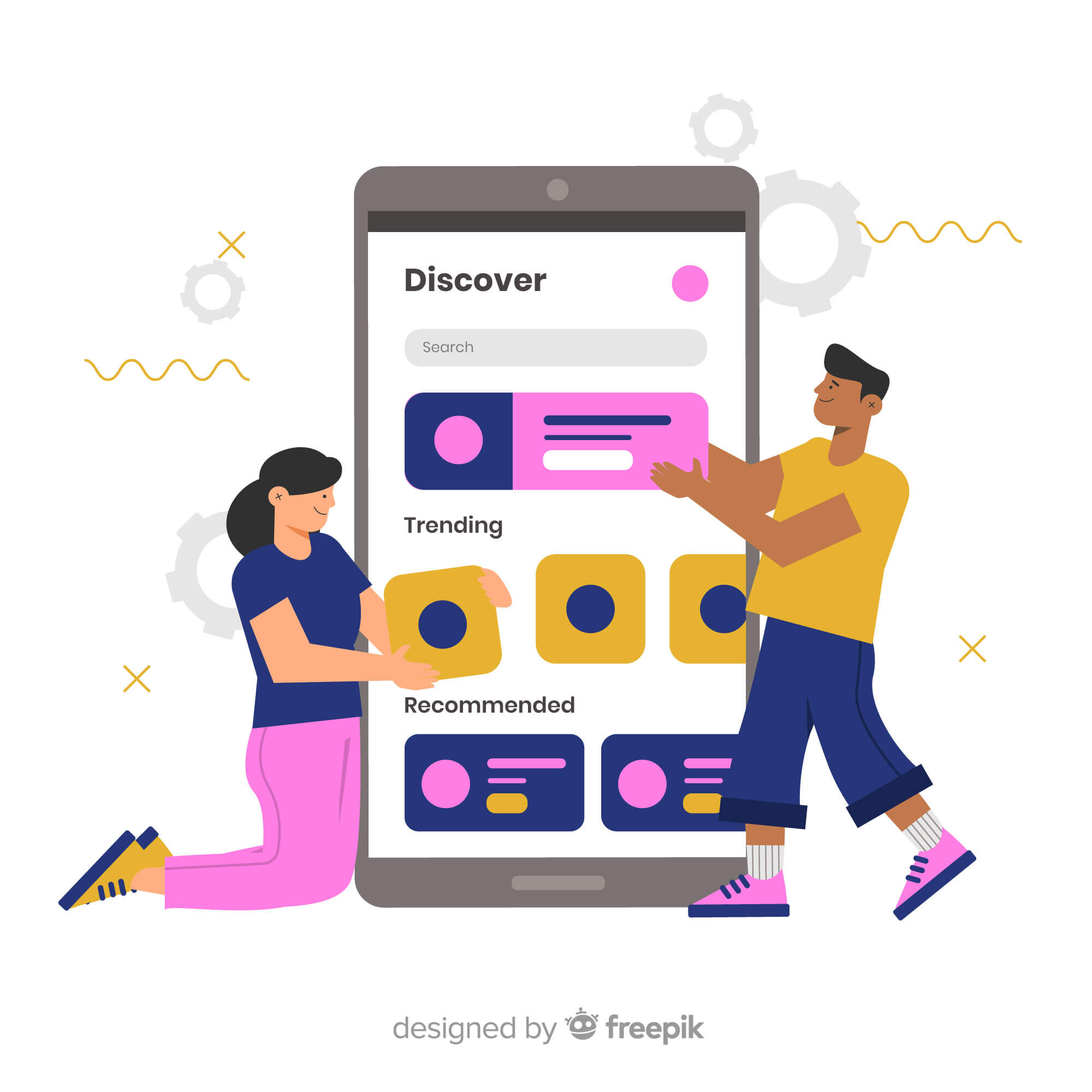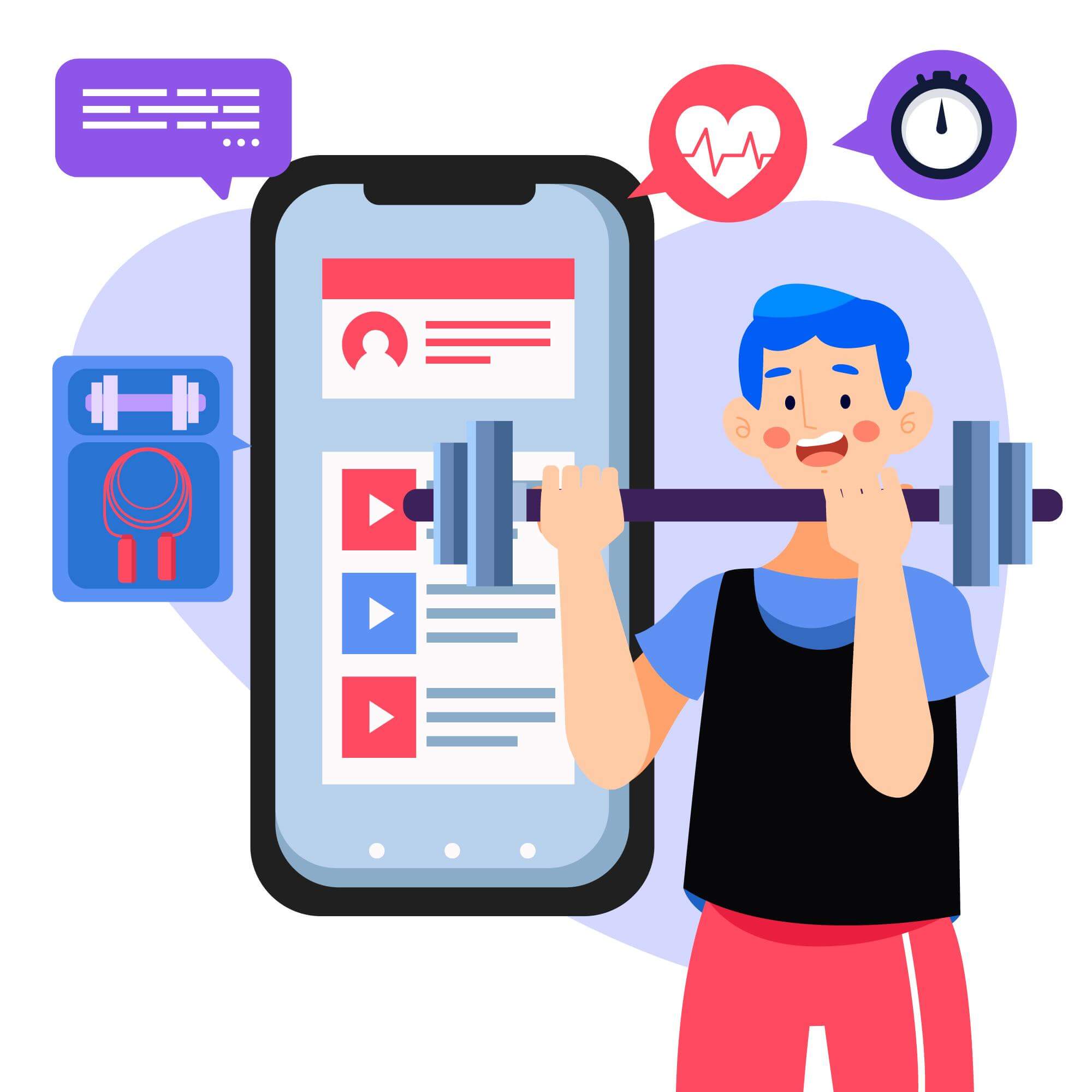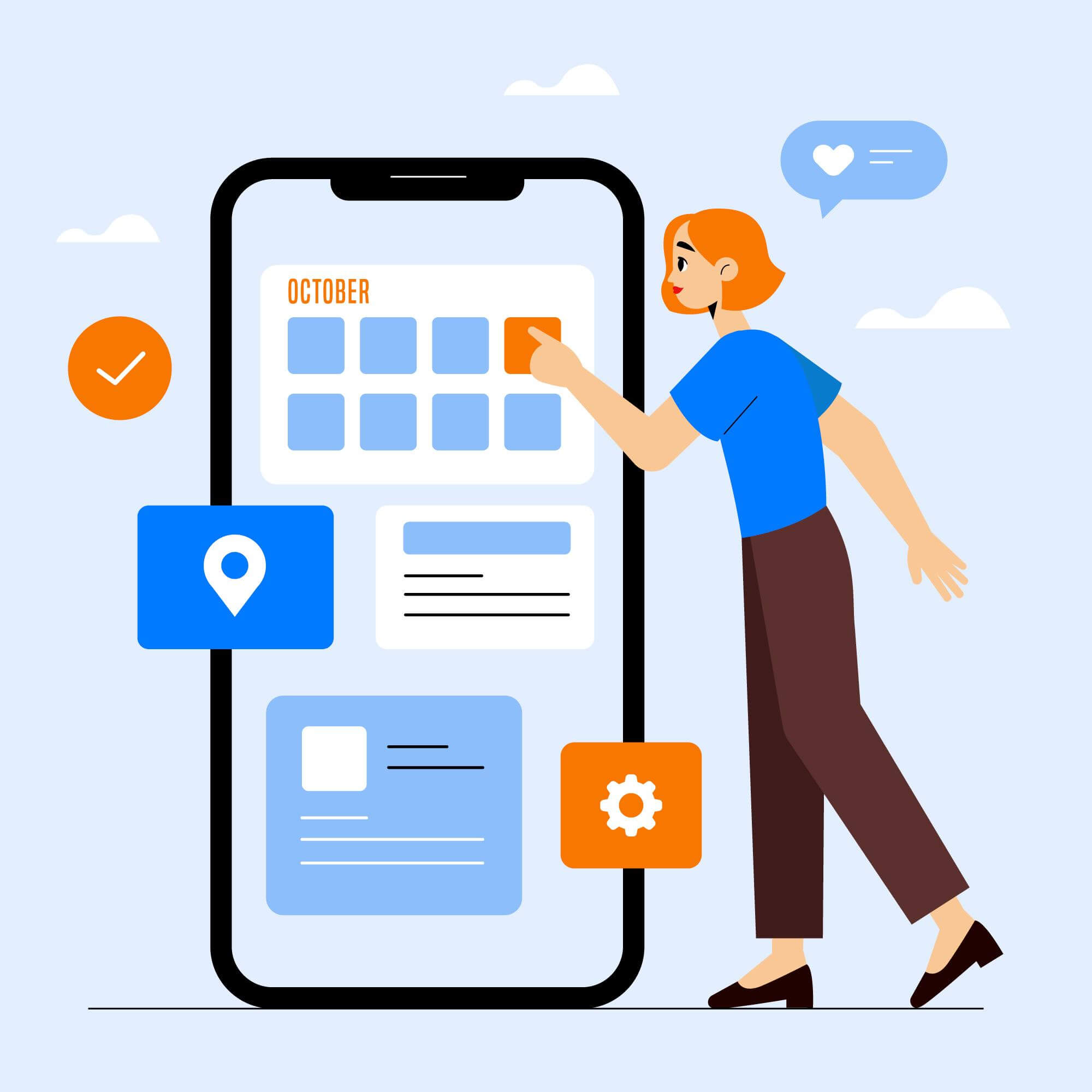Creating a Successful MVP Mobile App: A Comprehensive Guide
Date Published

In today's fast-paced digital landscape, launching a mobile app can be both exciting and daunting. Enter the Minimum Viable Product (MVP)—a strategy that allows developers to test their ideas with minimal resources before committing to full-scale development. This guide delves into the essentials of creating a successful MVP mobile app, offering insights, real-world examples, and practical steps to navigate the process effectively.
1. Introduction
The concept of an MVP revolves around building a product with just enough features to satisfy early adopters and gather feedback for future development. In the realm of mobile apps, this approach enables developers to validate their ideas, reduce time to market, and minimize costs.
What You'll Learn in This Guide
- Understanding the MVP concept in mobile app development.
- The benefits of adopting an MVP approach.
- A step-by-step process for developing an MVP mobile app.
- Real-world examples of successful MVPs.
- Strategies for prioritizing features and making informed decisions.

2. What is an MVP in App Development?
An MVP is a version of a new product that includes only the essential features necessary to meet the needs of early users and gather feedback for future development.
Key Characteristics
- Core Features: Focus on the primary functionality that addresses the user's problem.
- Real User Value: Ensure the app provides tangible benefits to users.
- Rapid Validation: Launch quickly to test assumptions and gather insights.
MVP vs. Prototype vs. Full Product
Aspect | MVP | Prototype | Full Product |
|---|---|---|---|
Purpose | Validate core idea | Explore concepts | Deliver complete solution |
Features | Essential only | Basic or mock features | Comprehensive |
Development Time | Short | Short | Long |
User Feedback | Primary source of insights | Limited | Post-launch feedback |
3. Why Build an MVP App?
Building an MVP offers several advantages:
- Risk Reduction: Test the app's viability before significant investment.
- Cost Efficiency: Save resources by focusing on core features.
- Faster Time-to-Market: Launch quickly to start gathering user feedback.
- Early User Feedback: Understand user needs and preferences early on.
- Attracting Investors: Demonstrate potential with a working prototype.
Statistic: According to a report by Clutch, the average cost of developing a mobile app ranges from $25,000 to $500,000.
4. MVP App Development Process: Step-by-Step
Step 1: Problem and Market Validation
Identify the core problem your app aims to solve. Conduct market research to understand the target audience and analyze competitors. Learn how to validate your MVP concept and start building your app with us.
Step 2: Defining Core Features
Prioritize features that directly address the identified problem. Use frameworks like MoSCoW (Must have, Should have, Could have, Won't have) to categorize features.
Step 3: Designing the User Experience (UX/UI)
Create wireframes and prototypes focusing on simplicity and usability. Tools like Figma and Sketch can aid in this process.
Step 4: Choosing the Right Technology Stack
Decide between native development, cross-platform solutions, or no-code/low-code platforms based on your app's requirements and budget.
Step 5: MVP Development and Testing
Develop the app iteratively, incorporating user feedback to refine features. Implement quality assurance practices to ensure functionality.
Step 6: Launching the MVP App
Deploy the app to app stores, set up analytics tools to monitor user behavior, and establish channels for user feedback.

5. Real-World MVP App Examples
- Spotify: Launched as a basic music streaming service, focusing on core features like streaming and playlist creation.
- Uber: Started as a simple app connecting riders with drivers, validating the concept before expanding features.
- Instagram: Initially a photo-sharing app with minimal features, it evolved based on user engagement and feedback.
6. Strategies for Prioritizing Features in MVP App Development
- Align with Business Goals: Ensure features support the app's primary objectives.
- User-Centric Approach: Prioritize features that enhance user experience.
- Avoid Feature Creep: Focus on essential functionalities to maintain simplicity.
7. Technical and Design Considerations
- Scalability: Choose technologies that can handle growth.
- Security: Implement necessary security measures to protect user data.
- Performance: Optimize the app for speed and responsiveness.
8. Cost and Resource Planning for MVP App Development
- Development Costs: Utilize MVP to minimize initial expenses.
- Resource Allocation: Allocate resources efficiently to focus on core features.
- Cost-Saving Strategies: Consider outsourcing or using open-source tools to reduce costs.

9. Post-Launch: Measuring Success and Iterating
- Key Metrics: Track user engagement, retention rates, and feedback.
- User Feedback: Gather insights through surveys and app reviews.
- Iteration: Use feedback to refine and enhance the app.
10. MVP App Download and Distribution
- App Store Submission: Follow guidelines for submitting apps to platforms like iOS and Android.
- User Acquisition: Implement strategies to attract early users.
- Onboarding: Design an intuitive onboarding process to retain users.
11. Common Challenges and How to Overcome Them
- Resource Limitations: Prioritize features and allocate resources effectively.
- Balancing Speed with Quality: Maintain a balance between rapid development and ensuring quality.
- Managing Stakeholder Expectations: Communicate the MVP approach to stakeholders to align expectations.
- Pivoting Based on User Data: Be prepared to adjust the app based on user feedback and data.
12. Frequently Asked Questions (FAQ)
Q1: What is the difference between an MVP and a prototype?
An MVP is a functional product with essential features, while a prototype is a preliminary model used to visualize concepts.
Q2: How long does it take to build an MVP app?
The timeline varies but typically ranges from a few weeks to a few months, depending on complexity.
Q3: Should I launch on both iOS and Android?
Starting with one platform can simplify development; however, consider your target audience when deciding.
Q4: When is my MVP app ready to launch?
Your MVP is ready when it solves the core problem effectively and is stable enough for user testing.
13. Conclusion
Creating a successful MVP mobile app is a strategic way to validate your idea and minimize risks. If you’re ready to start building your MVP, get in touch with us today to bring your idea to life and accelerate your success!

Learn what a Minimum Viable Product (MVP) is and how it can accelerate your startup's success with our comprehensive founder's guide